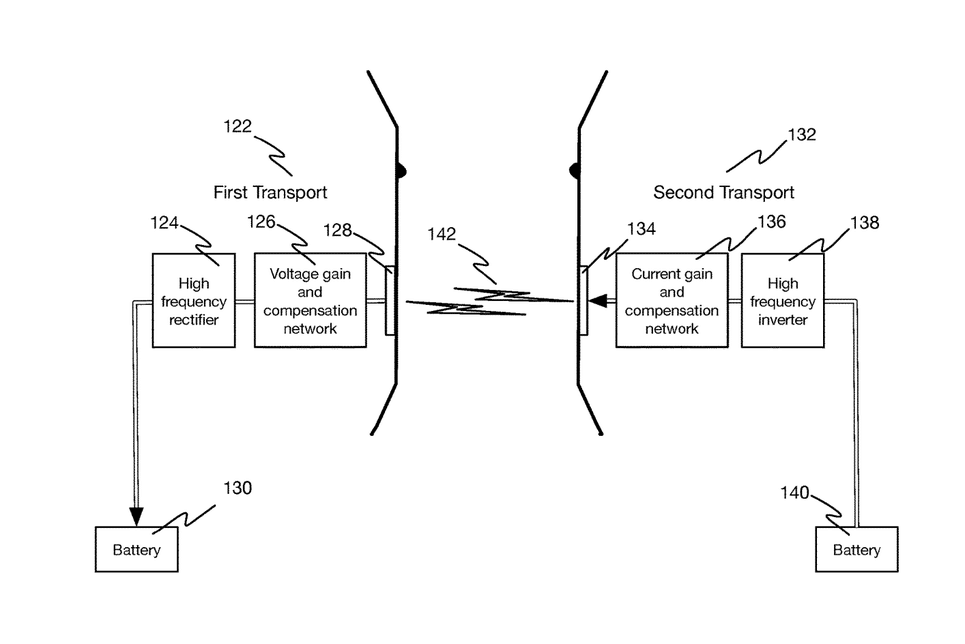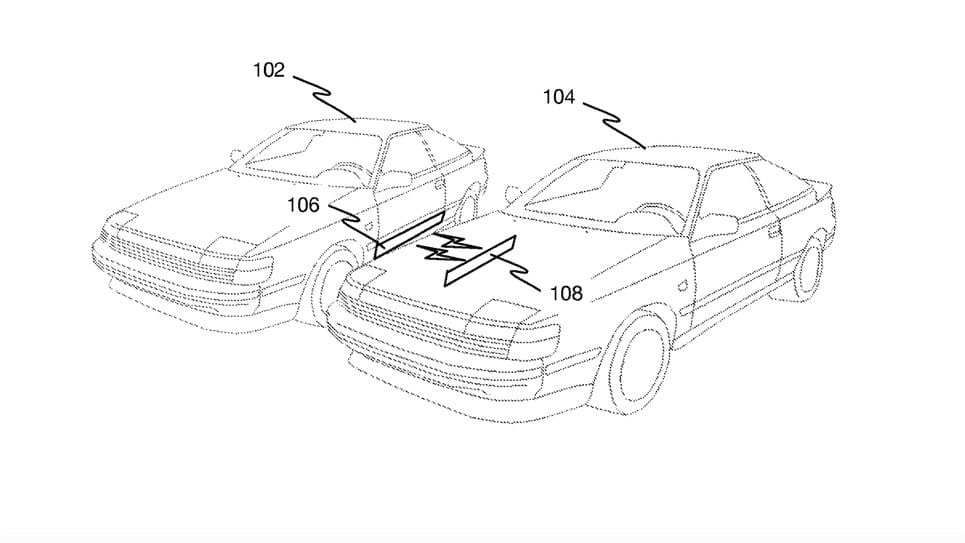Electric cars are described by everyone as “introduction of the future“, a necessary step forward to safeguard the environment.
Many manufacturing companies have engaged in the creation of new generation electric cars, trying to propose interesting and innovative alternatives. The new Toyota patent it is a demonstration of the desire for growth of companies, despite the many difficulties encountered by experts.
Many have not forgotten the negative statements of Akio Toyota on electric cars, and they are unconvinced of his new idea.
But let's see in detail what the Toyota patent entails and what the company's objectives are.
The new Toyota patent
The basic idea involves the introduction of a mechanism capable of transferring energy wirelessly from one vehicle to another, without the driver needing to reach a charging station.
The entire mechanism involves the establishment of two wireless connections:
- the first concerns the request for recharging, sent from the first vehicle to the second;
- the second concerns the transfer of energy, sent from the second vehicle to the first;
During the reload phase, both vehicles remain in motion, and neither needs to move or stop to complete the process.
All the driver has to do is submit the request, using the software associated with the Toyota patent, until a second vehicle receives the request and sends some of its energy.
Toyota predicts that in the future electric cars will be able to send an energy request automatically, without informing the driver. In this way, the charging process would become even easier and faster.

The doubts of the experts
Il Toyota patent it can be considered as a rather risky hypothesis and in any case difficult to implement. Electric car experts and enthusiasts have some doubts about the general operation.
First of all, in order for the charging process to take place, it is necessary that the two cars line up at the speed level and that travel one next to each other (see cover photo). This situation is certainly difficult to achieve and could cause many problems for drivers.
Toyota defends itself by saying that the situation could change in the future, no longer needing direct proximity between vehicles.
It will also be necessary to equip the cars with a specific one , able to read the flow of traffic and determine how long a charge will take before establishing a correct connection. In this way, the driver will be able to understand if he will be able to get the charge in time or will have to stop.
As for the charging technology itself, Toyota has not been very clear. There is not yet a wireless charger powerful enough to charge a vehicle remotely, but maybe in the future it could be done.
There are still many question marks, but the idea of the Toyota patent is certainly not to be underestimated.
Imagine the joy of consumers in being able to take advantage of wireless charging.
Everything would be easier, a good bet for a future that seems ever closer.


